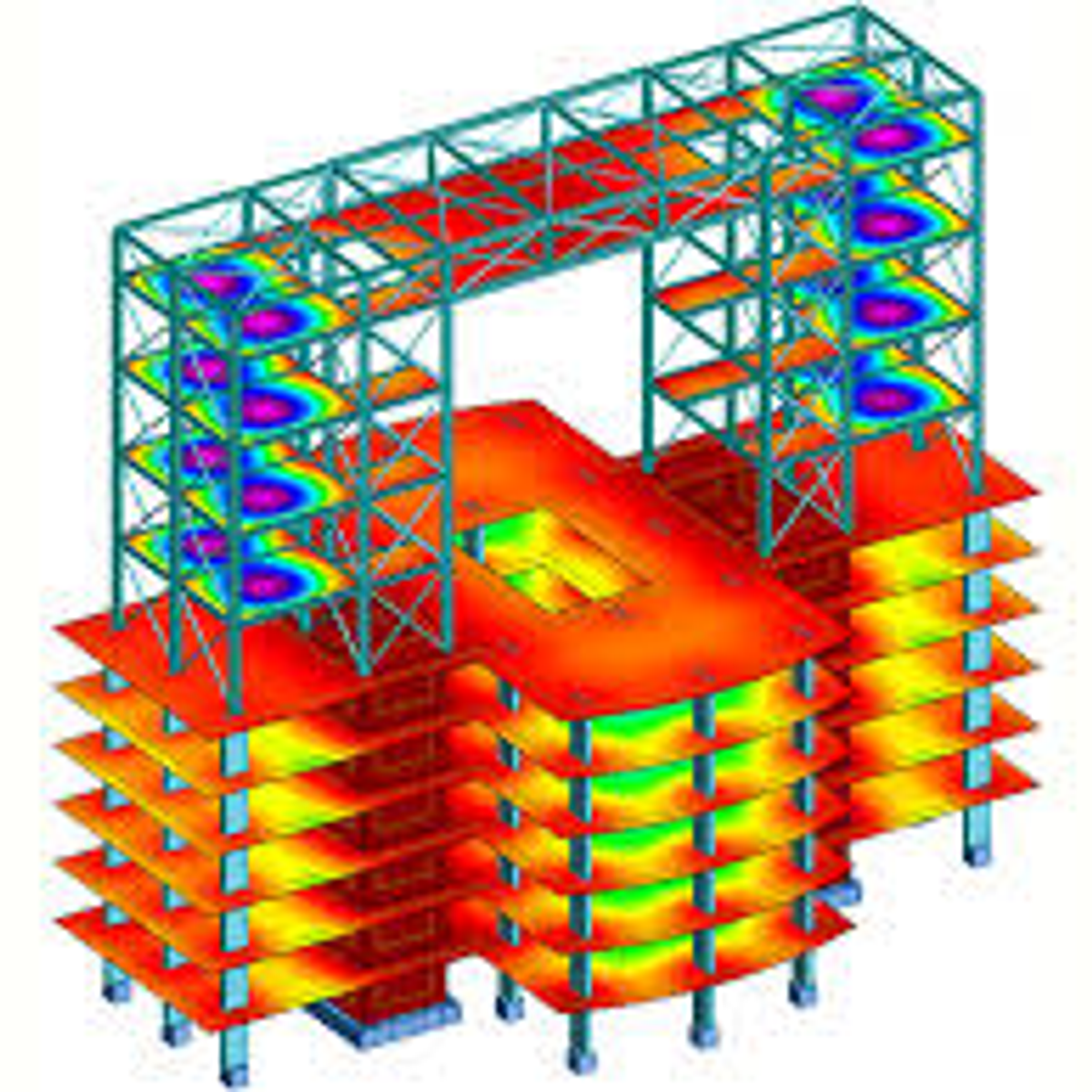Linux, Windows, Mac OS X: ADINA: Finite element software for structural, fluid, heat transfer, electromagnetic, and multiphysics problems, including fluid-structure interaction and thermo-mechanical coupling: Adina R&D: Proprietary commercial software: Advance Design: BIM software for FEM structural analysis, including international design.
- Structural Analysis Software Mac Os X Lion 10 7 5 11g63 11g63 Upgrade To 10 8
- Structural Analysis Software For Mac Os X
It is no hidden secret that Apple is a little behind when it comes to engineering software and structural analysis programs. Most structural analysis and civil engineering software have been originally developed for Windows which is why any upgrades or additions are more easily added onto the same platform that they are initially built on. In addition, FEA and other analysis programs require very high computing power, which Macs could not alway provide. This is one of the reasons why PC has dominated the business sector for more than two decades. However, now that the computing performance of Mac has caught up, it now makes it a real consideration for any engineer or professional to use.
Finding Civil Engineering software compatible with Mac can be a difficult process; most of the time users are forced to rely on splitting their processing power with Parallels, or other PC-Mac hybrid operating systems. SkyCiv is proud to be the leader in Structural Analysis and Design Software for Mac. We also support these products via Boot Camp, part of Mac OS X that lets you install and run Windows (and Windows-based applications) on a Mac. Inventor or Revit for Mac. Best-selling software for Mac Try, buy, or learn more about Autodesk's mac-compatible products. Structural Analytics for Revit. The Mac OS is a graphical operating system developed by Apple Inc. The tenth version of the Mac OS is the Mac OS X which was launched in 2001. The structure of the Mac OS X includes multiple layers. The base layer is Darwin which is the Unix core of the system. Next layer is the graphics system which contains Quartz, OpenGL and QuickTime.
However, the acceptance of Mac in the Civil Engineering world has been slow, and this can be a frustrating and costly issue for Mac users - who have just forked out thousands on new hardware and wish to get started on their flashy new laptops! Below is a list of ways that Civil Engineers and Architects can use structural analysis software on their macs. The list is compiled for users of Apple Mac, iPad, Macbook or desktop Macintosh.
1. Parallels for Mac
Parallels is a program that makes it possible to run Windows on your Mac. This is convenient as you can just reinstall the structural analysis program using the Windows on your Mac. Simply purchase Parallels from apple.com and a copy of Windows from windows.com. You can then install any civil engineering software on the Windows part of your Mac. The software is extremely light weight and doesnt need to be running at all times - so you can switch over to Windows mode as you need it. This allows engineers to continue using Mac, then quickly switch over to Windows to use the engineering software. Click here from more information about Parallels or to purchase online. If you're a student, don't forget you can apply for the student discount and save on your purchases!
An alternative to using Parallels is by installing Windows on your Mac using Boot Camp. There is a great guide on how to install Window's 10 on a Mac using Boot Camp.

Pros: Can use more PC-compatible software
Cons: Clutters and slows down computer, significant setup time, additional cost, clunky
2. Obtain a copy of the Mac version of your program

At this time there are no other structural analysis software available on Mac, but there are some general structural engineering software available. So another option would be to purchase these versions and install them straight onto your Mac. If you already own the software on Windows, try calling the company who supplies the software and asking them whether they have a Mac version. This may involve purchasing another copy of the software, or in some instances the company may be willing to supply the software under your current license. It is important to note that many of the industry leaders for Structural Analysis software do not have Mac versions.
Pros: Native OSX software
Cons: Not many options, not very powerful, no structural analysis
3. Use SkyCiv (Cloud Software)
Cloud Software is simply a program that requires no installation and is directly accessible through your web browser. You simply visit a website, sign in and use the program - no matter what computer you are using. SkyCiv Structural 3D is one such software and offers a powerful structural analysis software on mac including structural analysis and design of steel, concrete, connections and foundations. It's basically a RISA or SAP2000 for Mac. This means anybody can access the software from any browser - no matter if it is Mac or PC. Personally, I use a Mac (I prefer its speed and easy functionality) and have found that SkyCiv software works really well with all versions of Apple Mac or Macintosh. If you're on a Mac right now register for a free account and try it for yourself!
The software is lightweight and easy to use, but still has the power you would expect to see from your structural analysis software; including buckling, cable, plate analysis with linear and non-linear analysis. It also has integrated design software for AISC, NDS, ACI, Eurocode, Australian Standards and CSA.
Pros: Powerful, no clutter on PC, no complex installation or setup
Cons: Not your usual software
Structural Analysis Software Mac Os X Lion 10 7 5 11g63 11g63 Upgrade To 10 8
CEO and Co-Founder of SkyCiv
BEng (Civil), BCom